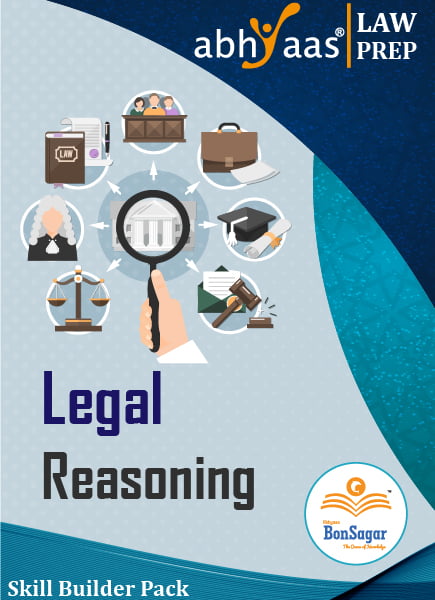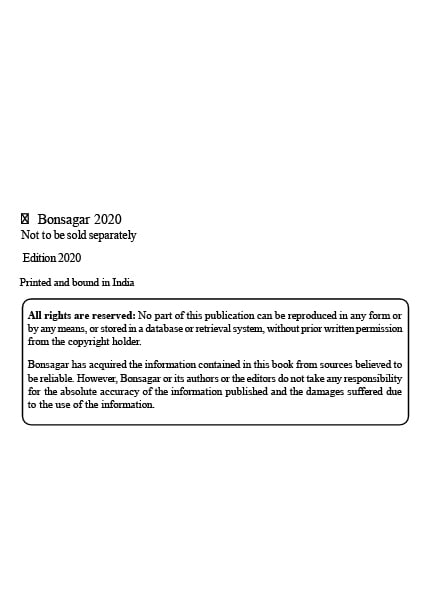The Role of Education in Reducing Poverty
Poverty remains one of the most pressing challenges faced by societies worldwide, affecting billions of people. It is a multifaceted issue that influences various aspects of life, including health, social development, and economic stability. While the causes of poverty are complex and interconnected, one of the most effective tools for reducing poverty is education. Education offers individuals the knowledge, skills, and opportunities needed to escape the cycle of poverty. This article explores how education plays a vital role in alleviating poverty and fostering long-term social and economic development.
1. Breaking the Cycle of Poverty
Education provides individuals with the necessary skills to access better-paying jobs, increasing their earning potential and improving their standard of living. In many impoverished regions, individuals may be trapped in low-wage jobs with little opportunity for advancement. Without education, people often have limited options, leading to intergenerational cycles of poverty. When children of impoverished families have access to quality education, they are more likely to secure well-paid employment in the future, breaking the cycle that often confines generations to poverty.
For example, research shows that children from families with at least one educated parent are more likely to complete their schooling, pursue higher education, and secure better job prospects. In contrast, children who grow up in poverty without access to education are more likely to remain in similar economic conditions as their parents. This demonstrates how access to education can provide a pathway out of poverty.
2. Empowering Women and Reducing Gender Disparities
Education plays a particularly significant role in empowering women, as women and girls are often disproportionately affected by poverty. In many parts of the world, girls face barriers to education due to cultural norms, early marriage, or household responsibilities. However, educating women has a transformative effect not only on their lives but also on their families and communities. Women with education are more likely to earn higher incomes, invest in their children’s education, and contribute positively to the economy.
The empowerment of women through education can reduce poverty in multiple ways. Educated women are more likely to enter the workforce, have better economic opportunities, and gain greater independence. Furthermore, educated women tend to have fewer children, and those children are more likely to attend school and escape the cycle of poverty themselves.
3. Promoting Economic Growth and Development
Education is a key driver of economic growth and development. A well-educated population tends to be more productive, innovative, and adaptable to changing economic conditions. When individuals are equipped with the necessary skills and knowledge, they can contribute to the workforce in meaningful ways, helping to boost national economies.
Countries that invest in education typically experience faster economic growth. For instance, nations that prioritise education tend to have a more skilled workforce, which leads to higher levels of productivity, greater innovation, and increased job creation. Furthermore, educated individuals are more likely to start their own businesses, creating employment opportunities for others and contributing to economic diversification.
In many developing countries, investing in education is one of the most effective strategies for boosting economic growth. By improving access to education and ensuring that it is of high quality, nations can raise their human capital, which is essential for fostering long-term economic development.
4. Improving Health Outcomes
Education and poverty are intricately linked to health. Educated individuals are more likely to make healthier life choices, understand the importance of nutrition, and have access to better healthcare. Furthermore, educated mothers are more likely to have healthier children, as they are better equipped to make informed decisions regarding healthcare, sanitation, and nutrition. This, in turn, contributes to reducing the long-term costs associated with poor health, which can be a significant barrier to escaping poverty.
In many low-income communities, a lack of education often leads to poor health outcomes. People who are not educated about hygiene, nutrition, and preventative healthcare may suffer from preventable diseases, which can further trap them in poverty. Education, particularly in the areas of public health and medicine, can significantly reduce these health disparities, ultimately lowering healthcare costs and improving quality of life.
5. Fostering Social and Political Stability
Education is also crucial for fostering social and political stability. A well-educated population is better equipped to understand and engage in democratic processes, leading to better governance and policies that can address the root causes of poverty. Furthermore, education promotes social cohesion by reducing inequality and promoting tolerance and understanding among different groups in society.
Educated individuals are more likely to contribute to their communities, advocate for their rights, and engage in meaningful social change. In contrast, a lack of education can lead to social unrest and political instability, particularly in countries with high levels of poverty. By providing education to all segments of society, governments can promote more inclusive and peaceful communities, where poverty is less likely to thrive.
6. Challenges to Education in Reducing Poverty
Despite the clear benefits of education in reducing poverty, several challenges remain. One of the main barriers is the lack of access to quality education, particularly in rural areas and impoverished regions. In many developing countries, schools may be underfunded, lack trained teachers, or face inadequate infrastructure. Additionally, social and cultural factors, such as early child labour, gender discrimination, or conflict, can prevent children from attending school or completing their education.
Moreover, even when education is accessible, it is often not aligned with the needs of the job market. Many educational systems, especially in developing countries, focus on traditional subjects rather than providing practical skills that are needed for the modern workforce. To maximise the impact of education on poverty reduction, it is crucial to ensure that education is not only accessible but also relevant, offering students the tools they need to succeed in the labour market.
7. Conclusion
It enables individuals to improve their livelihoods, empowers women, fosters economic growth, improves health outcomes, and contributes to social and political stability. However, challenges remain in ensuring that education is accessible, equitable, and aligned with the needs of the modern world. Governments, international organisations, and communities must work together to overcome these barriers and ensure that education reaches those who need it the most. By doing so, education can help break the cycle of poverty and pave the way for a more prosperous and equitable future for all.




